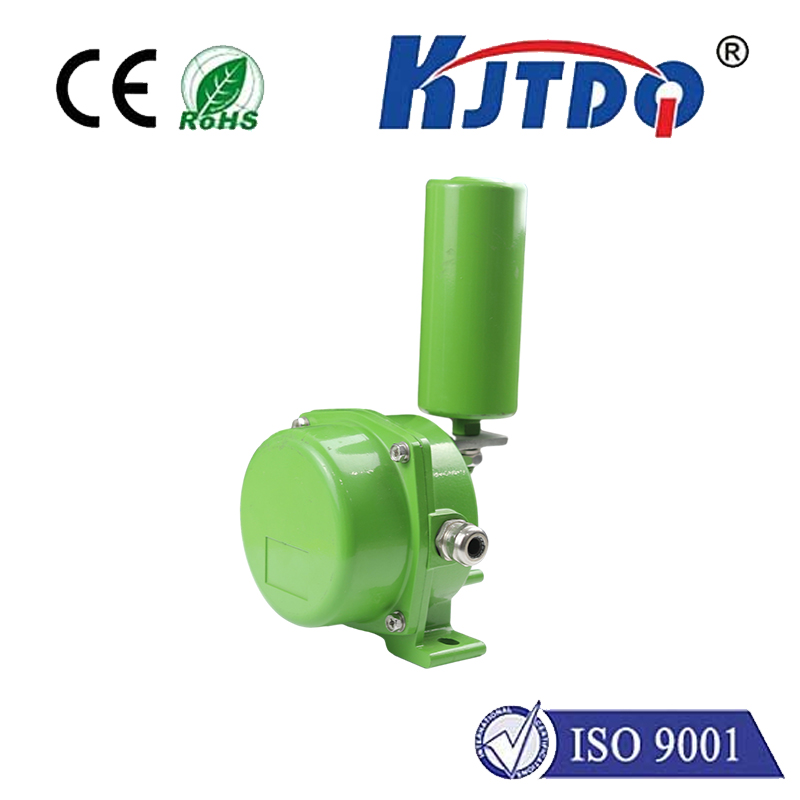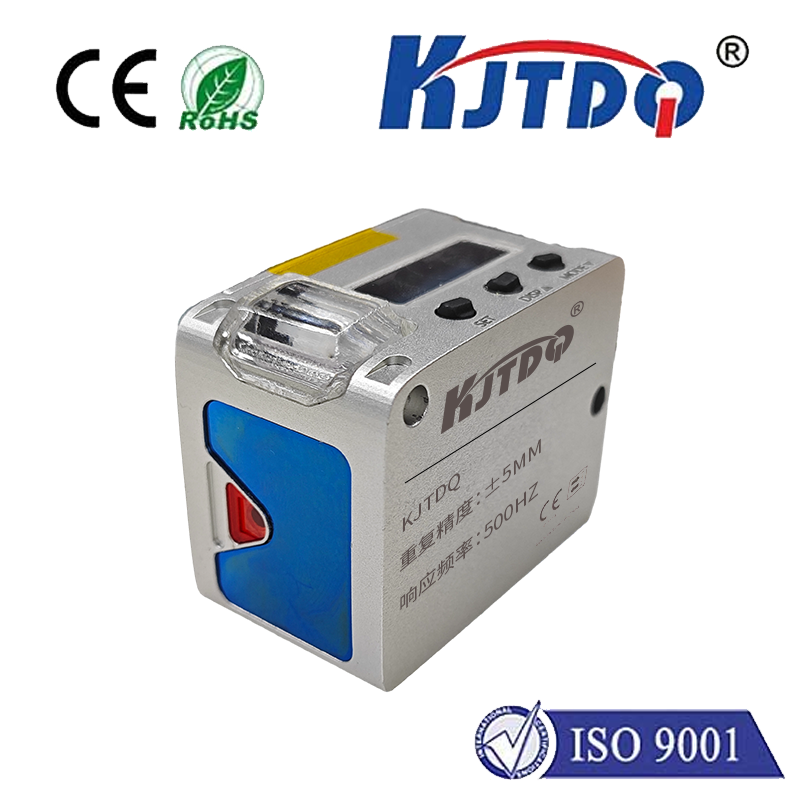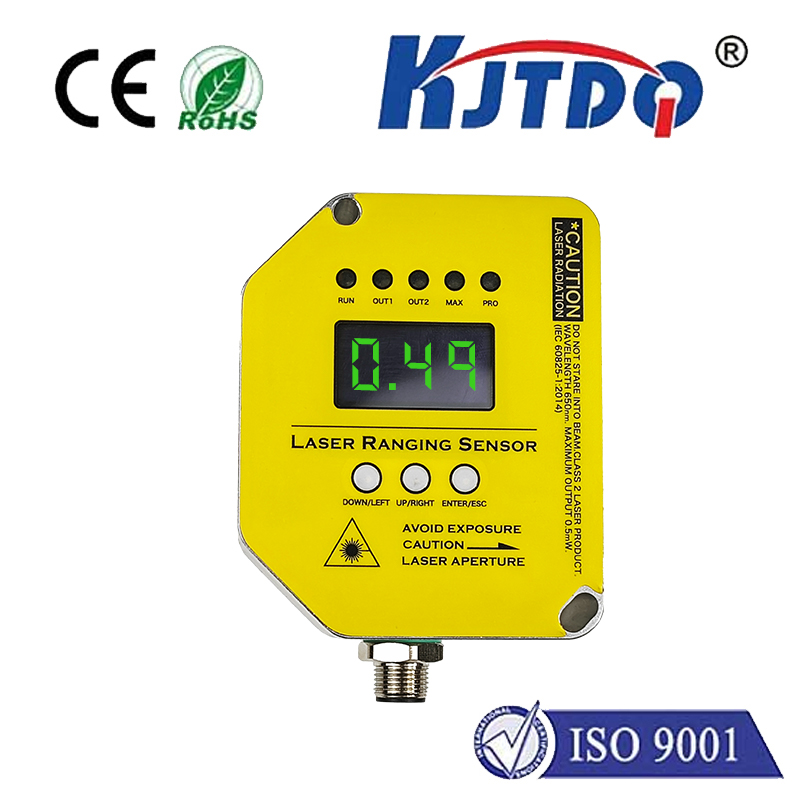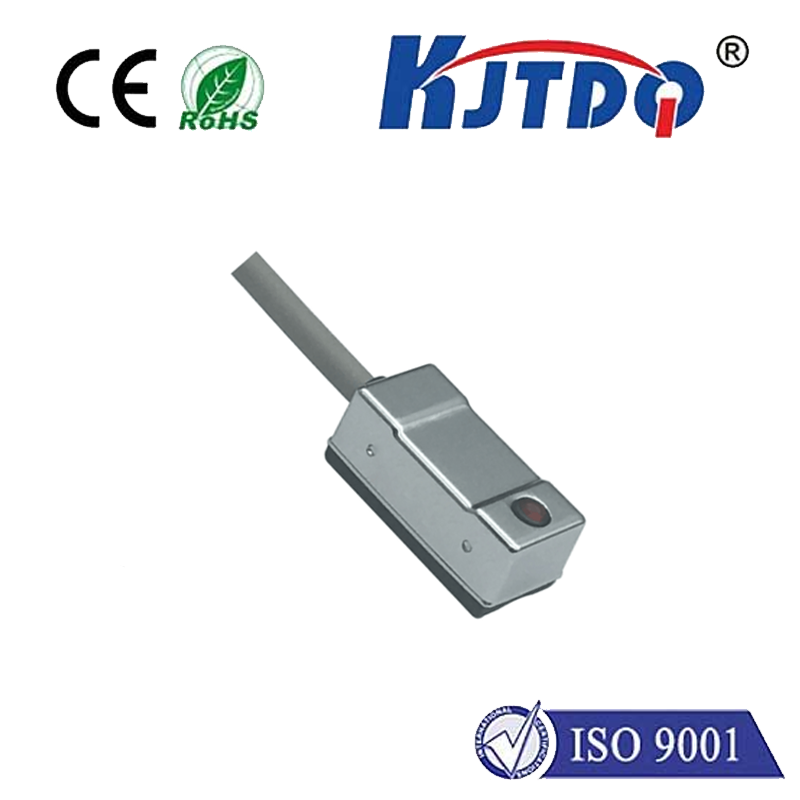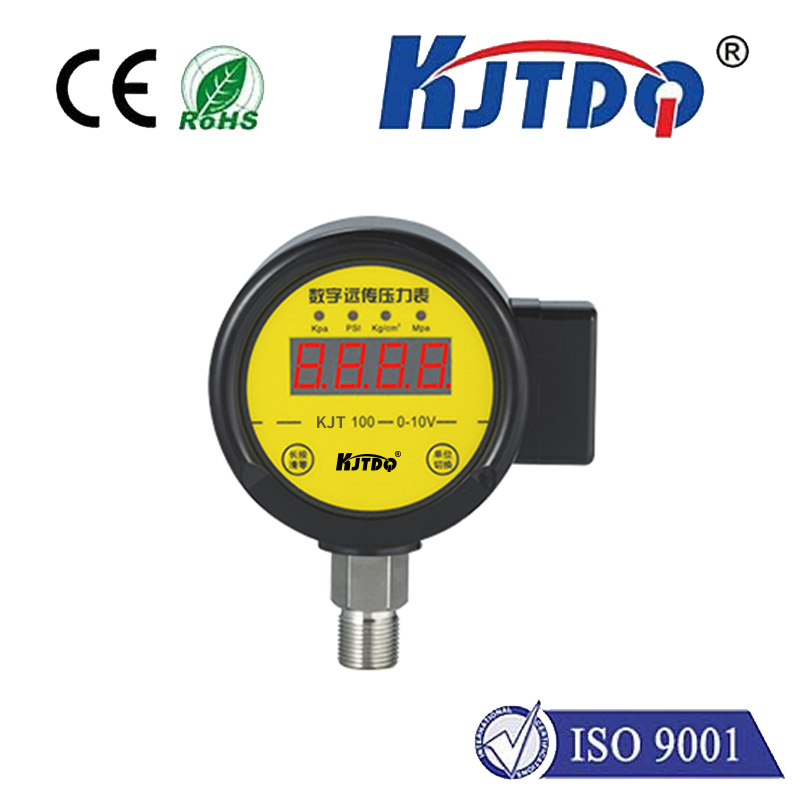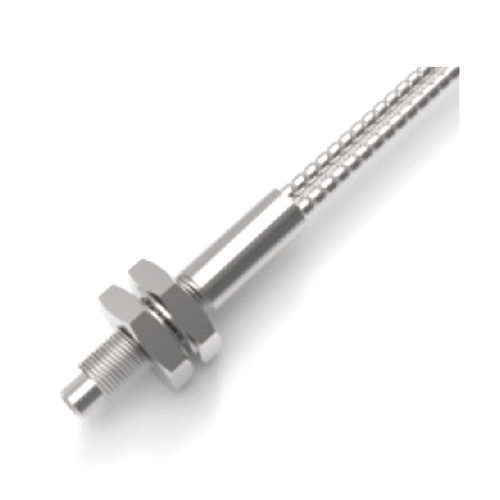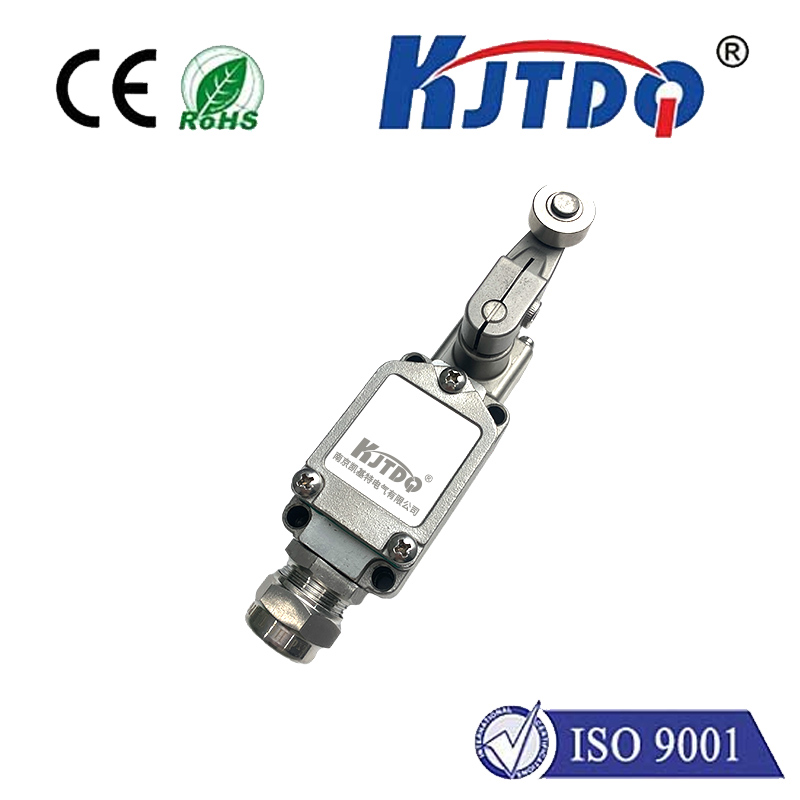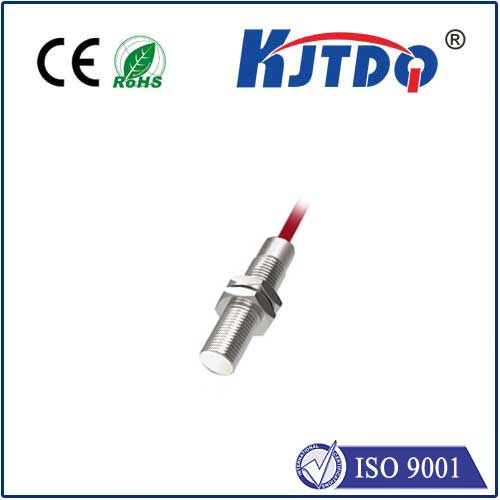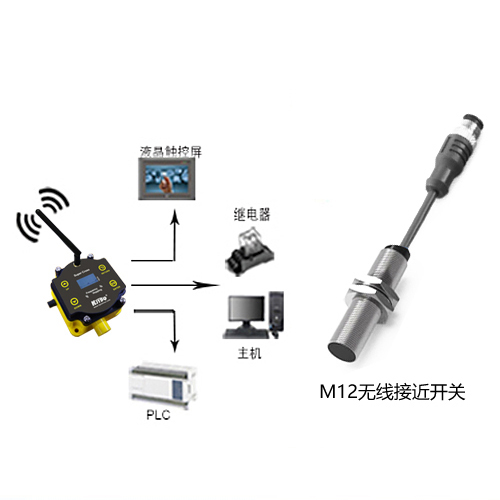20 amp micro switch
- time:2025-08-01 12:05:30
- Click:0
The Essential Guide to Selecting 20 Amp Micro Switches for Reliable High-Current Control
Imagine flipping a switch on your industrial equipment, powering up a critical motor, or activating a heavy-duty mechanism only to be met with silence… or worse, a worrying spark and the acrid smell of overheating electronics. Often, the culprit behind such frustrating and potentially dangerous failures is a component too small to see yet critical to the operation: the humble micro switch. But when your application demands significant power, not just any micro switch will suffice. Enter the 20 amp micro switch – a specialized powerhouse designed to reliably manage high electrical currents within a remarkably compact form factor.
Unpacking the Powerhouse: What is a 20 Amp Micro Switch?
At its core, a micro switch is a type of snap-action switch. Its defining characteristic is a spring-loaded lever mechanism that achieves a very rapid opening and closing of electrical contacts when actuated. This “snap” action minimizes arcing, reduces contact bounce, and provides a distinct tactile feedback, contributing to longevity and precise control. The “micro” designation typically refers to its relatively small physical size.
The “20 amp” specification, however, is where this variant truly diverges. It denotes the switch’s current rating – the maximum continuous electrical current (in amperes or amps) it can safely and reliably handle. This is a significant capacity compared to standard micro switches commonly rated for 3A, 5A, or 10A. This high amperage capability makes it suitable for controlling devices demanding substantial power within its compact frame.

Where 20 Amp Micro Switches Shine: Key Applications
The unique combination of robust current handling and small size makes the 20 amp micro switch indispensable across numerous demanding sectors:
- Industrial Automation & Machinery: These switches are workhorses on factory floors. They act as limit switches on conveyors, robot arms, and large actuators, reliably cutting power or signaling position at critical movement endpoints under heavy loads. They serve as safety interlocks on access panels for large machines and control solenoids or motors in automated processes.
- Automotive & Transportation (Heavy-Duty): Beyond standard car door switches, the 20 amp variant is crucial in demanding vehicle applications. Think forklift lift/lower controls, winch motor control, power seat/mirror adjustments, truck tailgate lifts, and industrial battery disconnect systems. They handle the high currents drawn by motors and actuators reliably.
- Power Tools & Equipment: High-powered drills, saws, sanders, compressors, and other workshop equipment often utilize 20 amp micro switches as trigger switches or safety cut-offs, ensuring the tool can handle its rated power without switch failure.
- HVAC Systems: Particularly in larger commercial units, 20 amp micro switches might be used for safety overrides, damper control limits, or as high-pressure cutouts, where robust switching is needed for compressors or blower motors.
- Material Handling Equipment: Pallet jacks, scissor lifts, and other motorized handling gear rely on these switches for actuator control and safety functions.
- Appliance Safety Features: Certain high-wattage appliances may employ them as door interlocks, thermal cut-offs, or tilt switches where standard ratings are insufficient.
Critical Selection Criteria: Beyond Just the Amps
Choosing the right 20 amp micro switch isn’t simply about amp rating. Ignoring other factors can lead to premature failure or unsafe operation. Key parameters include:
- Voltage Rating (AC/DC): Ensure the switch is rated for the voltage in your circuit (e.g., 125VAC, 250VAC, 24VDC, 48VDC). A switch rated for 20A at 125VAC might not safely handle 20A at a higher voltage like 250VAC.
- Contact Configuration: Select the appropriate contact arrangement for your circuit needs:
- SPST (Single Pole, Single Throw): Simple ON/OFF function.
- SPDT (Single Pole, Double Throw): One common terminal connects to either of two other terminals (ON-ON). Essential for many limit and control applications.
- DPDT (Double Pole, Double Throw): Two isolated SPDT circuits actuated simultaneously.
- Actuator Type: The physical interface triggering the switch is vital. Common options include:
- Standard Lever: Versatile, often with roller tip for smoother operation against cams.
- Simulated Roller Lever: Angled lever offering specific activation angles.
- Pin Plunger: Direct, short-travel actuation.
- Hinge Lever: Longer reach, lower force requirement.
- Wobble Stick: Actuates from various angles. Matching the actuator to the mechanical motion in your application is crucial for reliable triggering.
- Electrical Life Expectancy: Reputable manufacturers provide ratings for expected cycles (e.g., 50,000, 100,000 cycles) at specified loads. Higher cycles indicate greater durability. Consider if your application involves frequent switching or intermittent use.
- Environmental Protection (IP Rating): Will the switch operate in dusty conditions, be exposed to water splashes, or endure washdowns? Look for appropriate Ingress Protection (IP) ratings (e.g., IP65, IP67) indicating sealing effectiveness against solids and liquids.
- Terminal Type: Options include solder terminals, quick-connect (spade or blade) terminals, or screw terminals. Choose based on ease of installation and reliability requirements. Proper termination and secure wiring are paramount at 20 amps.
- Agency Approvals: For safety-critical applications, look for certifications like UL/CSA, VDE, or TUV. These indicate the switch has been tested to meet specific safety standards. Never compromise on safety certifications.
- Operating Force & Differential Travel: The force required to actuate the switch and the movement distance between triggering and resetting points. These should be compatible with your mechanism.
Installation & Best Practices for Longevity
Even the best 20 amp micro switch can fail prematurely with poor installation:
- Correct Amperage Context: Ensure the 20 amp rating applies at the voltage you are using. Derating (using the switch below its max rating) is often recommended for extending life, especially in high-cycle or high-impact environments.
- Secure Mounting: Mount the switch rigidly to prevent vibration or movement, which can cause false triggering or damage.
- Proper Actuator Alignment: Ensure the actuator is precisely aligned with the triggering mechanism (cam, arm, door) to prevent binding, over-travel (which can break the actuator), or missed actuation.
- Electrical Connections: Use appropriately sized wire for the current load. Ensure all terminals are tightened securely to prevent arcing and overheating – a fire hazard at 20A. Avoid daisy-chaining ground wires through multiple switches.
- Protection from Overloads: While robust, micro switches are not circuit breakers. Implement appropriate fusing or circuit breakers upstream to protect the switch and wiring from short circuits or severe overloads exceeding its rating.
- Environmental Shielding: If the environment is harsh (moisture, chemicals, metal particles), even with a good IP rating, consider additional protective enclosures or boots. Proactive protection prevents contamination and corrosion.
- Regular Inspection: Periodically check switches for signs of overheating (discoloration, melting), physical damage, loose connections, or corrosion. Listen for a clean, crisp “click” sound during operation; a muffled or absent click can indicate internal wear or spring fatigue.
Conclusion: Power & Precision in a Tiny Package
The 20 amp micro switch embodies engineering ingenuity, squeezing substantial






